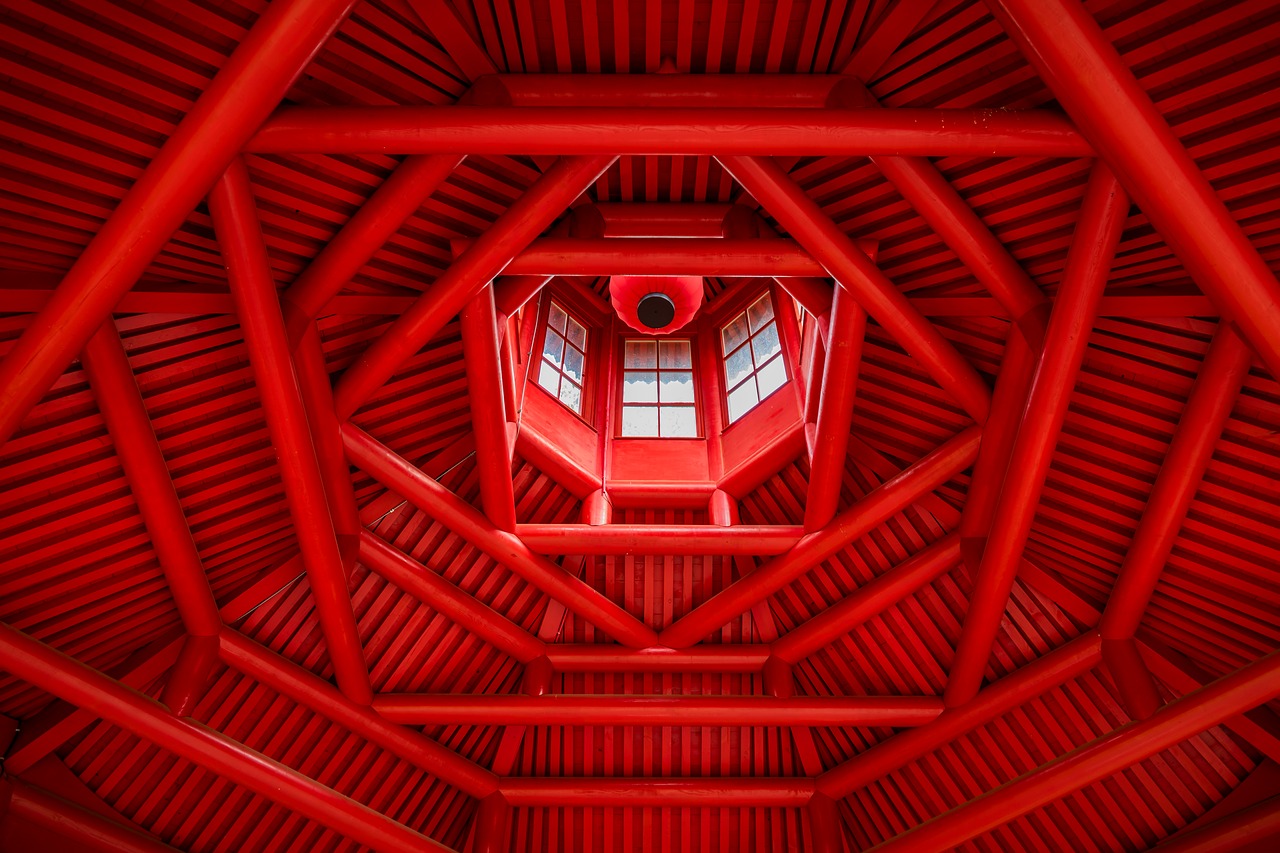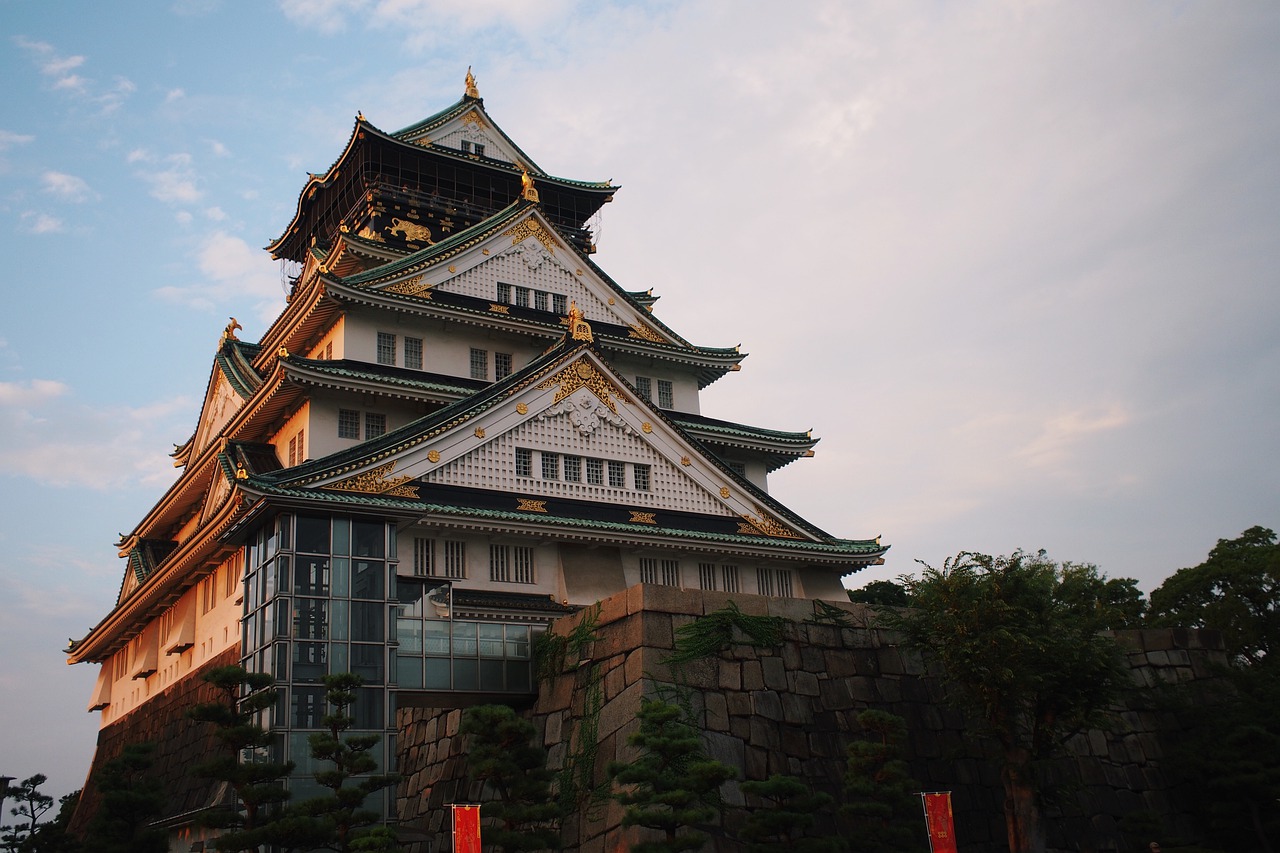The architectural image of the building is built up brick by brick from the material used for construction, planning, number of storeys, roof design and the shape of the roof into a single picture. In order for the house to look harmonious and whole, it is necessary that all these elements are mutually compatible.

Since the erection of the roof is practically the last stage of construction, many relate to the choice of roofing and the type of structure on the residual principle. But professional architects and designers know that a roof design is a final touch that brings together the look of a building, giving it a finished look.
Roof Structure And Function
A roof is called a complex structure, which overlaps the upper floor of the structure in order to protect the interior of the building from the penetration of rain, wind, snow or cold. It consists of a kind of skeleton, a frame that gives the roof a shape and slope, as well as a coating – a waterproofing material that provides protection against atmospheric moisture. The roof has the following functions:
Cold protection
The roof of the house is the first barrier that rises between the cold of the environment and the living quarters inside. It helps to keep the house warm in winter, and in summer, it protects them from overheating as a result of exposure to sunlight.
Wind protection
The roof must protect the structure from the penetration of cold air or wind, which are often the cause of serious heat loss.
The logical completion of the architectural appearance of the house. Only a well-designed roof can harmoniously complete the architectural concept of a building, emphasize its style.

It is important to understand that the roof is not only a unitary structure, it also carries a great aesthetic and decorative potential, which makes the architectural appearance of the structure complete and organic. Therefore, it is so important to take roof design seriously.
Warm or cold
The roof of a house is a natural barrier between an unfavourable environment and internal living quarters, thanks to which the optimal temperature regime for a person is maintained in them. From the point of view of thermal insulation, there are the following types of roof arrangement:
Cold roof
This is a traditional and simpler way to build a roof of a private house. Its distinctive feature is that the roofing cake does not include a layer of thermal insulation. Instead, the thermal insulation material is placed on the attic floor. This option is used if the second floor is not heated.
Warm roof
A warm roof is called a roof structure, the composition of the roofing cake of which includes one or even several layers of insulation. This option is used when arranging houses with an upper floor or attic. A warm roof is more expensive than a cold one due to the larger area of thermal insulation and the complexity of installation.
Experienced roofing masters recommend using a simpler and cheaper option for arranging a cold roof unless there is a direct need for a heated attic.
Bias

An important parameter of the roof of a private house is the slope. This term denotes the angle of inclination of the roof slopes in relation to its base. The slope can be in the range of 0-60 degrees, it is chosen in accordance with the climatic conditions in the area where the house is located, the roofing used and the architectural style. The following types of roofs are distinguished by the slope angle:
Flat
Flat roofs are called floors with a slope of 0 degrees. The flat roof structure consists of concrete slabs, thermal insulation and waterproofing material.
Low slope
Roofs with a slope of up to 15 degrees are considered low slopes. Usually, these are single-slope structures, popular for arranging terraces, gazebos, awnings or baths. They are economical due to the low consumption of roofing material.
Medium slope
Roofs with a slope of 15-35 degrees are medium slope. They are cheaper and easier to install than steep slopes, but they drain water and snow masses much better than structures with a smaller slope angle.
Steep slopes
Structures with a slope of more than 35 degrees are called steep slopes. A large angle of inclination of the slopes requires the arrangement of a massive rafter frame, as well as greater consumption of roofing material, so they are more expensive.
In this article, we discuss How to come up with a roof design for a private house? its types, roof design and slope. If you have any queries or would like more information, please contact us as soon as possible.

